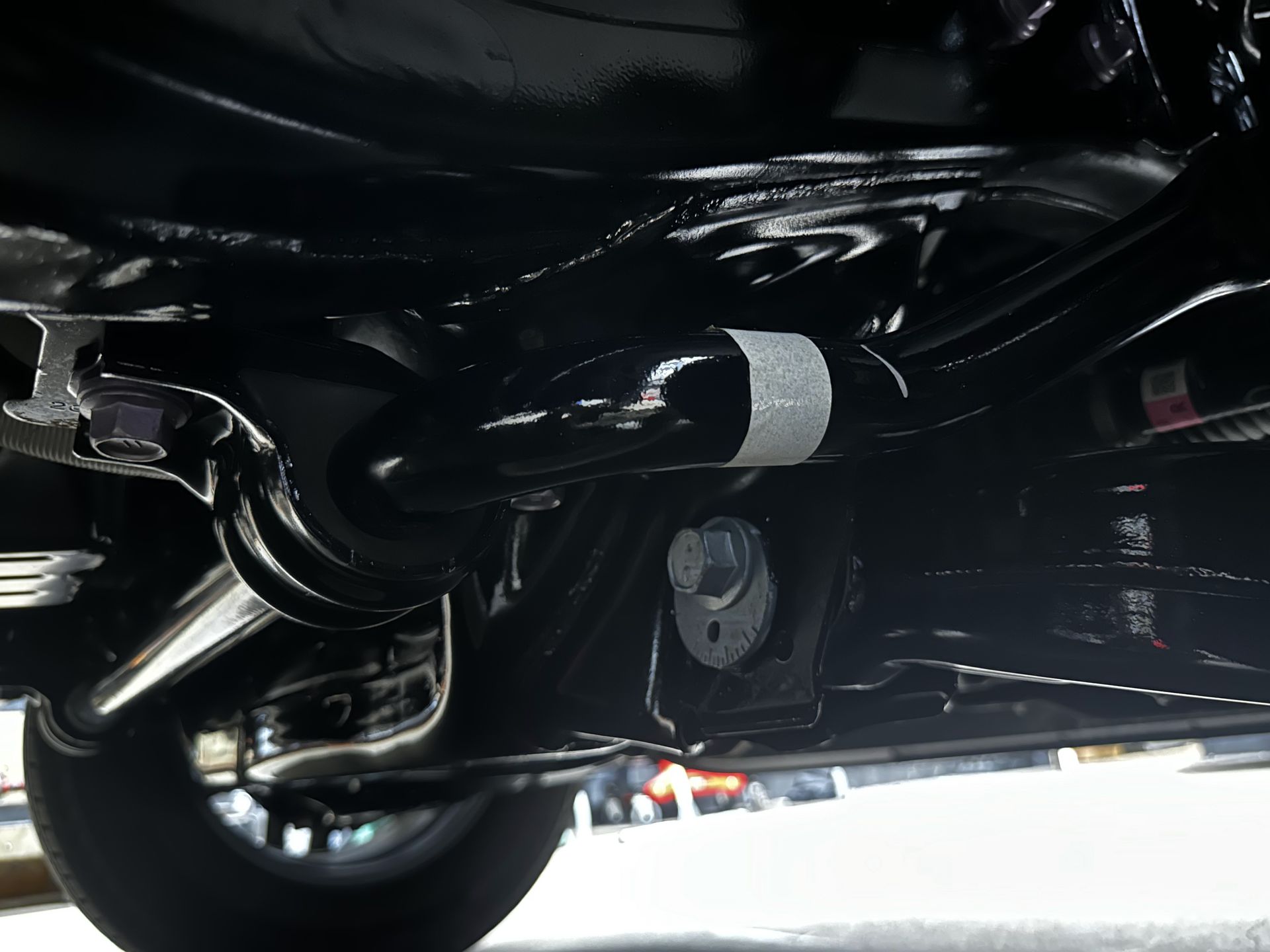What Is Car Undercoating? Benefits, Costs & How Long It Lasts
Not sure what car undercoating is or how it benefits your car? In this guide, we’ll break down what undercoating does, how long it will last, and whether it's a good investment to fight corrosion. If you drive on snow, come across salty roads, or simply want your car to last a little longer in great condition, undercoating can be a huge assistance.

What Is Car Undercoating?
Car undercoating is a protective treatment where a thick layer of rust-resistant coating is sprayed onto the underside of your vehicle. It creates a barrier that withstands rust, moisture, road salt, and debris. While rustproofing will generally treat inner and surface body panels, undercoating is targeted at the bottom of the vehicle, especially for components like the chassis, frame rails, and wheel wells. It's a core part of automotive care and contributes to overall vehicle protection and truck maintenance.
What Does Car Undercoating Do?
Undercoating works like a protective armor for your vehicle’s most exposed parts underneath. Here are the benefits of car undercoating:
- Corrosion protection: Creates a barrier that shields the undercarriage from moisture, salt, and grime, stopping oxidation before it begins.
- Rust prevention: It seals up spots like wheel wells and frame rails to stop rust from forming.
- Extended lifespan: Besides preventing rust, it helps your car last longer by protecting its body from damage and wear over time.
- Road noise reduction: Acts like a cushion, absorbing vibrations while you drive, making your ride quieter and smoother.
- Better resale value: Keeps the bottom of your car rust-free, which attracts buyers and helps maintain its value.
- Improved aesthetics: Maintains a neat, uniform look under the car—even if no one sees it, it reflects good maintenance and care.
Types Of Car Undercoating
Different vehicles and driving conditions need different undercoating options. Here are some common ones:
- Oil-based undercoating: It seeps into seams and cracks to stop rust from forming inside. You'll need to reapply it every year.
- Rubberized undercoating: This option is flexible and waterproof, and it cuts down on road noise, perfect for daily driving.
- Wax-based undercoating: It's lightweight and easy to put on. Works well in mild weather but needs to be touched up more often.
- Polyurethane sealant: Offers strong adhesion and long-lasting corrosion resistance. Great for those looking for a more permanent solution.
- Asphalt-based undercoating: It is tougher than the slippery kind, making it perfect for work trucks and commercial vehicles that face rough conditions.
How Long Does Car Undercoating Last?
Car undercoating can last anywhere from one to five years, but it varies. It depends on the product you choose, how much you drive, and what your car goes through. Some coatings, like rubberized or polyurethane ones, tend to stick around longer. On the other hand, oil-based undercoating might need to be reapplied every year. To get the most out of your investment, you should understand what affects how long undercoating lasts.
Factors Affecting Undercoating Longevity
- Climate: Cold winters, salty roads, and humidity speed up wear. Vehicles in snowy or coastal areas usually need more frequent touch-ups.
- Road conditions: Rough roads, gravel, and potholes chip away at the protective layer faster than smooth pavement.
- Vehicle usage: If you're driving a lot or in rough conditions, your vehicle undercoating can wear out faster.
- Maintenance frequency: Checking it regularly and doing touch-ups when needed can help your vehicle undercoating last and keep rust at bay.
How Much Does Undercoating For Cars Cost?
Wondering what the real price tag is for undercoating services? The cost of undercoating can change based on what you pick and how much protection you need. It’s important to find a method that fits your needs, budget, and the exposure your vehicle’s underside gets.
- DIY undercoating kit: These cost around AUD 50 to 150, depending on the brand and quality. They're a good pick for drivers looking to save some cash or who feel comfortable doing the work themselves. But homemade jobs may not last as long as professional applications.
- Professional undercoating services: If you go for professional undercoating, expect to pay between AUD 150 and 500 at a shop. This usually covers prep work, a couple of layers, and expert application, giving you better protection with less hassle.
- Dealership undercoating: The most premium option, often priced between AUD 800 and 1,000. While costly, it may include warranty coverage and extra detailing as part of the package.
Book Your Car Undercoating Near Me Services
Want to keep your car safe from rust and road damage?
Schedule your car undercoating near me service today at
Enthusiasts Domain Detailing. We provide
vehicle undercoating in St. Paul and the wider Twin Cities area. Our team is here to help keep your undercarriage in great condition all year long.
FAQS
What Is The Undercarriage Of A Car?
The undercarriage is the whole bottom of your vehicle. It includes vital parts like the frame, chassis, suspension, and exhaust system—all exposed to moisture, dirt, and salt. Without protection, these parts are extremely prone to corrosion and long-term damage.
Should I Undercoat My Car?
If you live where there are snowy winters, rainy climates, or salty roads, undercoating is highly recommended. It protects the vital parts under your car that are easy to forget about and then costly to repair.
Is Undercoating Necessary For New Cars?
Yes. Some models have basic protection when you buy them, but this can wear off in a year or two. Getting an undercoating helps keep your car’s underside rust-free for a longer time.
Can I Undercoat An Old Car?
Yes, but it’s important to prepare properly. Clean off any rust and thoroughly clean the undercarriage before applying the new coat. Doing this can help an older car last longer.
What’s The Difference Between Undercoating And Rustproofing?
Undercoating is applied to the vehicle’s underside, focusing on areas like the frame and wheel wells. Rustproofing is sprayed inside the doors and panels. Both help prevent rust, but they protect different areas of the car.




